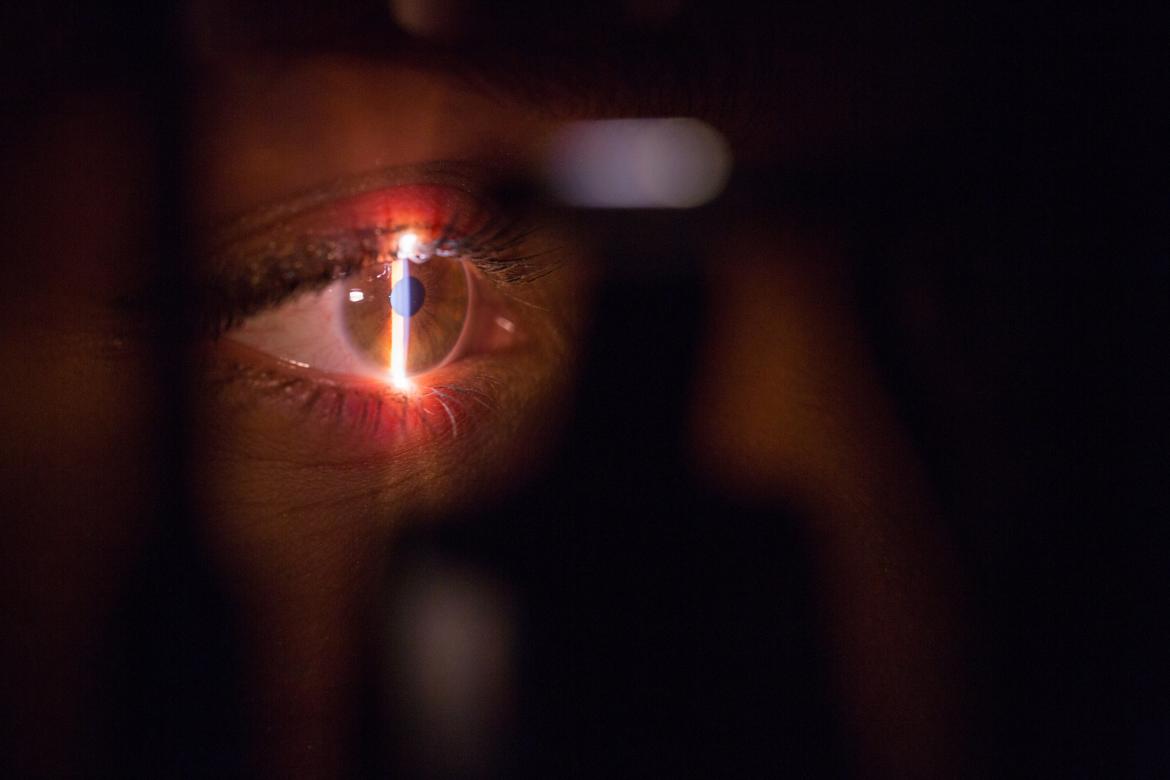What is the difference between iridectomy and iridotomy?

Iridotomy
An iridotomy is a laser procedure in which a tiny hole is made in the iris, releasing fluid that has built up behind the iris. It is a common, safe and successful procedure that is minimally invasive. It is generally performed in an Ophthalmologists’ office in a laser room under local anaesthetic drops. It has no significant impact on vision, is generally very comfortable with a very quick recovery time. It is performed when the drainage angle in the eye is narrow – if untreated this can lead to vision loss from angle-closure glaucoma.
This angle is located at the ring where the white of the eye (sclera) meets the iris, the coloured part of the eye; this is where fluid is drained from the eye. If the drainage angle is narrow, fluid has trouble exiting in the eye and so eye pressure can build up – potentially causing glaucoma.
This only occurs in predisposed individuals, such as people with mature cataracts or those who are long-sighted. Fluid behind the iris can build up, pushing the iris forward and in this way closing the drainage angle. The laser peripheral iridotomy makes a tiny hole in the iris, releasing the fluid building up behind the iris. This allows the iris to drop back and opens the drainage angle.
Iridectomy
An iridectomy is a much less commonly performed procedure. It involves surgical removal of a portion of the iris. It is performed in theatre, under sterile conditions by an Ophthalmic surgeon. It is generally performed in combination with other surgical procedures such as a trabeculectomy, which is an operation performed for glaucoma to create a drainage path of fluid from inside the eye to outside the eye. While the trabeculectomy involves making a channel through the wall of the eye (the sclera), a small portion of the iris is removed so it does not clog up the drain once it works – this is invisible to the naked eye. While less common than an iridotomy, a trabeculectomy is a common and successful operation for glaucoma that is performed when simpler measures (such as drops or laser) cannot control the eye pressure.
Other reasons to perform an iridectomy include when there is a suspicious mole on the iris or rarely a melanoma which requires removal, or following major trauma to the eye when the iris is mis-shaped and causing internal problems. These are major operations to the eye with potential risks and complications and are performed very rarely.